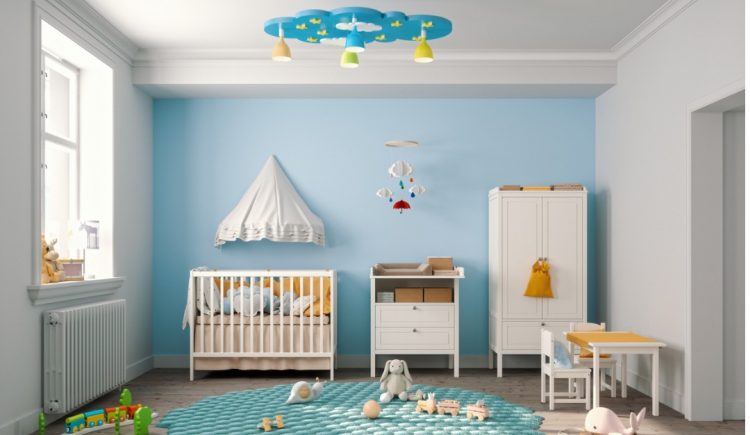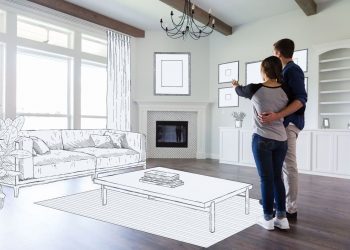Preparing your home for a new baby can be overwhelming, especially if it’s your first child. Especially with all the other changes having a new baby brings. In addition to managing doctor appointments, getting the baby gear, learning about feeding techniques and more, preparing your home for your baby’s arrival is on the checklist. If you’re having a baby soon, read on for some tips to prepare your home for a new baby, and to make this transition as smooth as possible.
Plan a move in advance
Start your home search well before the baby’s anticipated arrival if you’re moving homes. This will give you time to find a house that meets your criteria, complete the closing process, which can take anywhere from 30-60 days, and to move into the home and feel settled before the baby’s arrival.
If your move date is close to the baby’s arrival, consider hiring a professional packing company to alleviate some physical stress. Also, keep your baby’s clothes and gear separate and in an easy-to-access location so you’re not frantically searching boxes if the baby arrives earlier than planned.
Create an area for supplies downstairs
Setting up a baby station downstairs can be overlooked with so much emphasis on decorating a nursery. With the number of diaper changes, outfit changes and blankets a baby needs in the first few months, going up and down the stairs can become both strenuous and time-consuming — especially in the early recovery days. So instead, create a downstairs area with a place for the baby to sleep, to be changed, and a spot to store all the baby’s essentials.
Prepare to baby-proof
Baby milestones, such as crawling, can sneak up on you. Collect the baby-proofing essentials, such as outlet covers, corner protectors, cabinet door locks and baby gates, so you can be ready to install them when your baby becomes mobile. Also, assess the furniture in your home and make any adjustments as necessary. Perhaps there are heavy objects that need to be moved up several shelves, hanging window blind cords, or furniture that needs to be bolted to the wall. Adjust the placement of all the items so they don’t become a safety hazard.
Set up the guest room
Whether you have an out-of-town family staying with you for a few days to help, or you need a quiet retreat to catch up on sleep, create a restful and welcoming guest suite. From luxury linens to blackout curtains, making a place for you or your guests to sleep during this period of little sleep will feel like a well-deserved vacation.
Assess the lighting
From middle-of-the-night feedings to mid-day naps, the lighting in your home will play a large part in how much sleep you and your baby get. For example, if your baby is sleeping in a nursery, installing floor lighting in the hallway will light the way as you head to the baby’s room for middle-of-the-night feedings. In addition, blackout curtains in the baby’s room will block out natural light to help facilitate a good night’s sleep, while ambient lighting in the baby’s room will help you see while not disrupting your baby’s sleep.











